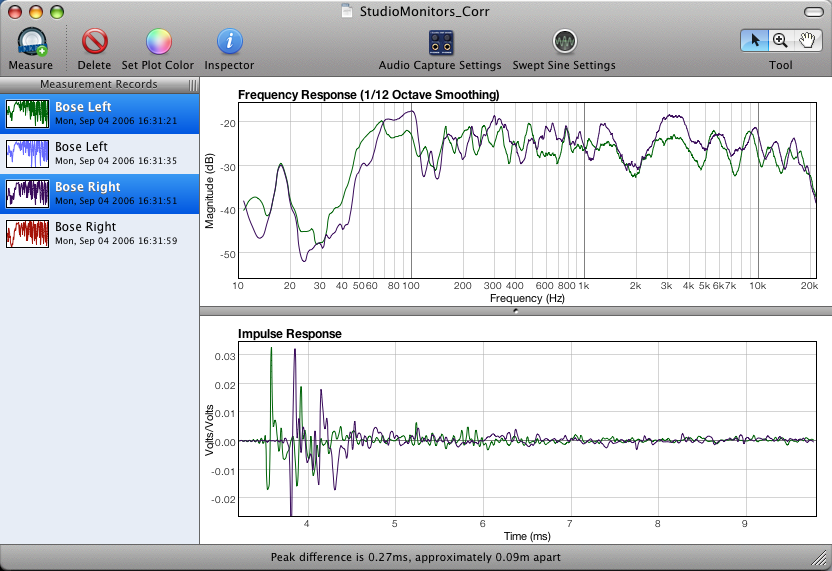Its been a long time since I've posted here... I've been lurking in the shadows when I could. So Hello again!
So I now have some spare time again and was wanting to design a set of speakers for HT and music purposes. I know its a very large task, but I have this complex where I just like to design stuff from scratch. I found some very useful info from Here but when I was reading their equations it appears it was the database for their calculators and some of the inputs looked like variables for their stuff and I couldn't figure out what they were actually using.
I figure I'll have to read a lot, but I don't know really where to start to make sure I'm learning the right stuff. It doesn't matter how much you tweak a design if your modeling it wrong to begin with and I want to make sure I'm going down the right path.
For the crossover and box calculations, I'm an electrical engineer, specializing in signal processing. I'm not afraid of the math and would personally like to figure it out on my own and have someone review it to make sure I'm not doing something stupid. I'm planning on making a few smaller test runs to pick drivers and see how they respond before I try to build something like mains.
so basically what I think I'm looking for for starters is:
1. How do you model a speaker in a circuit? Is it as simple as a resistor and Inductor in series? If I get a circuit drawn I can crunch the numbers and play with stuff to tweak crossovers.
2. Qts, Qms, Qtot? I know its used to determine box size, but what exactly does it mean? I guess I'm really looking for what specs do you look at when picking speakers and why do you look at them, and what are you looking for?
Thank you in advance. I'm not asking for your trade secrets necessarily, but any tips you have for someone wanting to learn how to design speakers would be greatly appreciated. But stuff like how the mini statements have the tweeter and mid in reverse polarity. How did Curt and Jim know to do that? And their design with the open back mid, how do you calculate the size and length for those things?
I apologize if I missed a thread already covering this. I'm kinda in a search overload right now...
So I now have some spare time again and was wanting to design a set of speakers for HT and music purposes. I know its a very large task, but I have this complex where I just like to design stuff from scratch. I found some very useful info from Here but when I was reading their equations it appears it was the database for their calculators and some of the inputs looked like variables for their stuff and I couldn't figure out what they were actually using.
I figure I'll have to read a lot, but I don't know really where to start to make sure I'm learning the right stuff. It doesn't matter how much you tweak a design if your modeling it wrong to begin with and I want to make sure I'm going down the right path.
For the crossover and box calculations, I'm an electrical engineer, specializing in signal processing. I'm not afraid of the math and would personally like to figure it out on my own and have someone review it to make sure I'm not doing something stupid. I'm planning on making a few smaller test runs to pick drivers and see how they respond before I try to build something like mains.
so basically what I think I'm looking for for starters is:
1. How do you model a speaker in a circuit? Is it as simple as a resistor and Inductor in series? If I get a circuit drawn I can crunch the numbers and play with stuff to tweak crossovers.
2. Qts, Qms, Qtot? I know its used to determine box size, but what exactly does it mean? I guess I'm really looking for what specs do you look at when picking speakers and why do you look at them, and what are you looking for?
Thank you in advance. I'm not asking for your trade secrets necessarily, but any tips you have for someone wanting to learn how to design speakers would be greatly appreciated. But stuff like how the mini statements have the tweeter and mid in reverse polarity. How did Curt and Jim know to do that? And their design with the open back mid, how do you calculate the size and length for those things?
I apologize if I missed a thread already covering this. I'm kinda in a search overload right now...








Comment